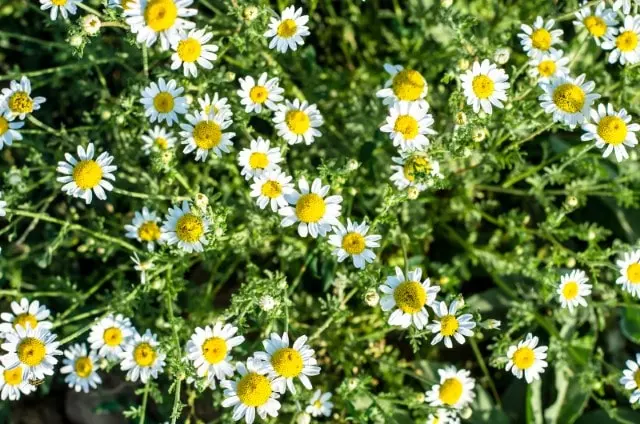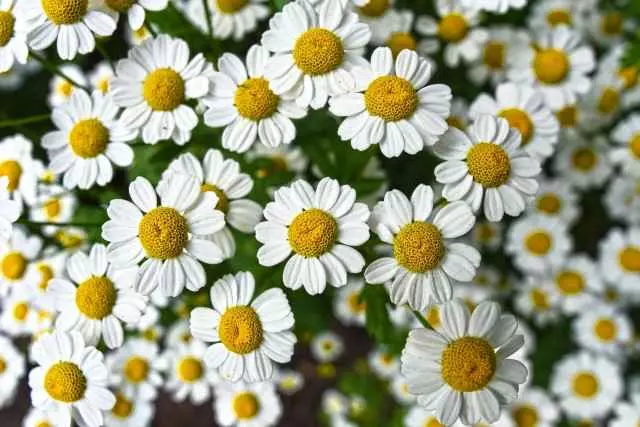Every gardener who likes tea should grow chamomile. In this article, we will explain how to harvest chamomile tea correctly.
Chamomile is a herbaceous plant that can be annual or perennial, depending on the species under consideration, since at least two of them are often confused:
- German chamomile or Wild chamomile (Matricaria recutita), which is an annual
- Roman chamomile or Common chamomile (Chamaemelum nobile), which is perennial.
There are, therefore, different plant species and varieties popularly known by the name of chamomile, but the one that is undoubtedly most widespread is the common chamomile, also called chamomile.
Chamomile tea is perfect for sleep, and another advantage of chamomile is that it is a pollinator plant for your garden.
Table of Contents
How to Harvest Chamomile Tea Video
As you will read in this article, harvesting chamomile tea is very easy. You only need to use your hands or scissors to harvest chamomile tea. Here is a video on how to pick chamomile tea correctly.
When to Collect Chamomile Flowers
When to Collect Chamomile Flowers? Chamomile is collected when its flowers are fully open. Unlike many other herbs, when you harvest chamomile, you are harvesting the flowers, not the stems, leaves, or roots. Those beautiful white daisy-like flowers are the chamomile tea you want to harvest.
It is best to harvest chamomile in the morning after the dew has dried. This is the time when the essential oils of chamomile are at their peak.
Collecting chamomile is a continuous activity. The flowers will be ready to be harvested at different times of the summer. You should be able to harvest chamomile all summer long.
Remember always to select chamomile blossoms that are open to their fullest. These flowers will be the ones that have the properties of chamomile at their peak.

How to Harvest Chamomile for Tea
How to Harvest Chamomile for Tea? Chamomile is harvested once the plant has flowered and can be harvested when the petals of the inflorescence are folded down or before this occurs.
Flowering usually begins about 2 months after transplanting or 3 months after planting.
Generally, the highest production of flowers, leaves, and stems will be reached about 3 months after transplanting or 4 months after sowing.
To harvest chamomile, cut the flower with sharp scissors or place your fingers under the flower and pull it up. You should harvest chamomile throughout the summer because the flowers will not all be ready to be harvested at the same time.
I recommend not collecting all the chamomile flowers and leaving some to spread the seeds on their own. Next year, you will have chamomile in your garden again.
Then, let the chamomile flowers dry in a cool place for about 2 weeks. It would be best if you also used a dehydrator at the minimum setting. If you want to learn all the methods to dry chamomile, we recommend our article about How to Dry Chamomile for Tea.
Once the chamomile flowers are dry, you should be able to store them in a jar for up to 6 months, then they will still be good to eat but will have less flavor.

We hope this article on how to harvest chamomile tea will be helpful. The combination of chamomile and mint is vibrant. We may be interested in our article about How to Harvest Mint.

